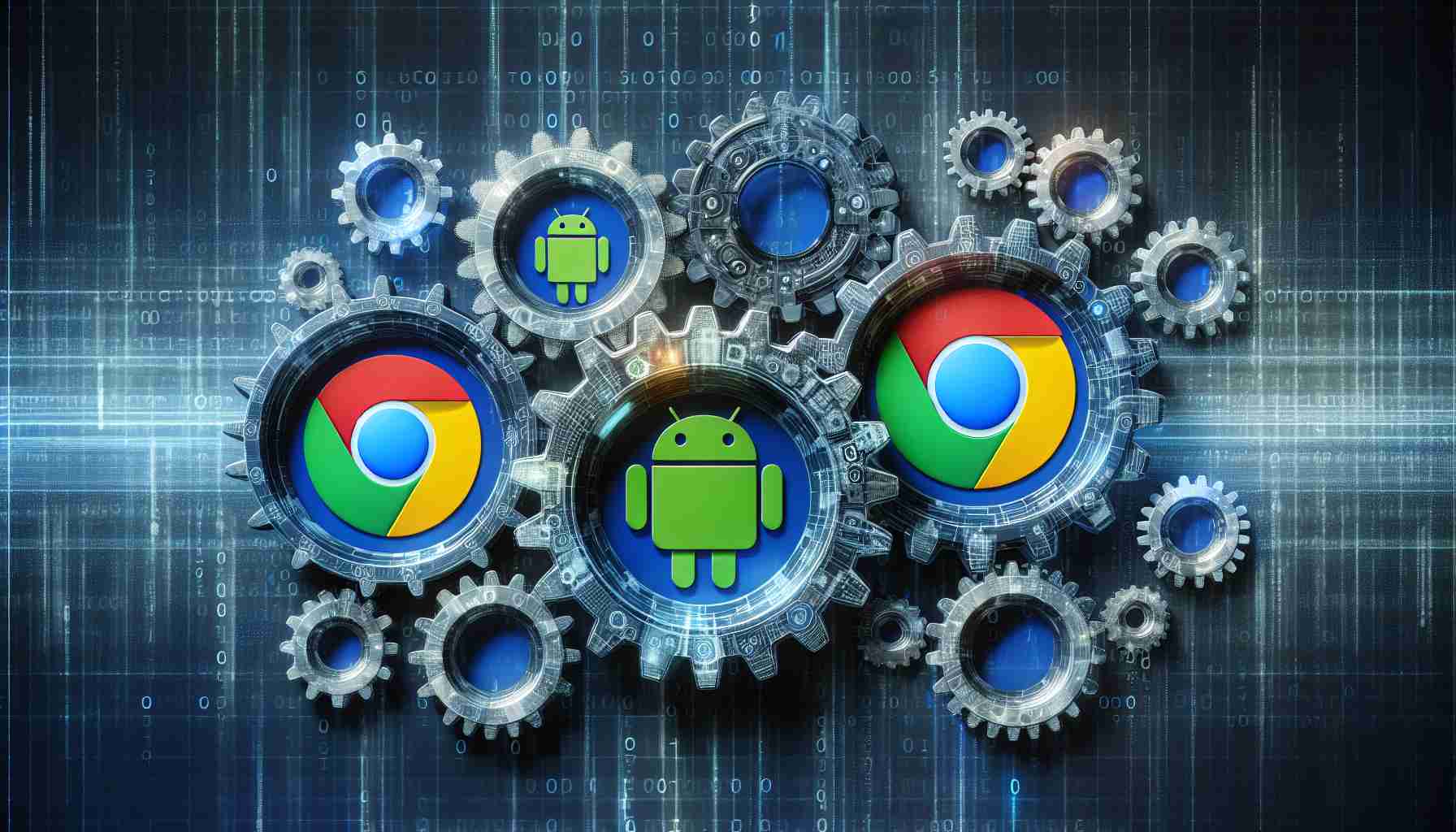Google is on the move to extensively embed artificial intelligence within its products, starting with the fusion of its Android and Chrome software group with the company’s hardware sector. This strategic restructure aims to accelerate advancements in the Android and Chrome platforms as well as infuse innovation across its services.
In his communique with the staff, Sundar Pichai, the CEO of Google, expressed his aspirations of supercharging the tech giant’s ecosystems by amalgamating these departments. Rick Osterloh, who has overseen the hardware sector, will now lead the integrated divisions, uniting them in pursuit of more intelligent features.
Under this new structure, the team responsible for Pixel smartphones and AI-enhanced features such as the Pixel camera’s advanced image processing will work closer together. In a recent discussion with The Verge, Osterloh emphasized the critical role of AI in the future of phone technology and touted the successful integration of AI in the development of certain Pixel camera functions.
Analyst Chirag Dekate from Gartner described Google’s consolidation as a powerful move to harness its AI capabilities for dominating not only consumer tech but also enterprise solutions. Google intends to leverage AI universally to maintain its competitive edge.
As for Hiroshi Lockheimer, formerly at the helm of the software division, Pichai hinted at his involvement in new undertakings within the organization. Both Osterloh and Lockheimer have clarified in their joint interview that this structural change is not the result of an internal power conflict.
Beyond consumer-facing innovations, Google is also reconfiguring its AI research and ethical use teams, though these adjustments are currently less likely to have an immediate impact on consumer products.
Important Questions and Answers
1. Why is Google integrating its Android and Chrome software group with the hardware sector?
Google is integrating these sectors to accelerate the implementation of artificial intelligence (AI) in their products, aiming to provide more intelligent features and maintain a competitive edge in both consumer tech and enterprise solutions.
2. Who is leading the newly integrated divisions?
Rick Osterloh, previously head of Google’s hardware division, will lead the integrated divisions, bringing together different teams to work more closely on integrating AI into their products.
3. What has the reaction been from industry analysts?
Industry analysts, such as Chirag Dekate from Gartner, view Google’s restructuring as a significant strategy to enhance its AI capabilities and strengthen its market position.
Key Challenges or Controversies
One of the challenges Google may face is ensuring that the restructuring leads to actual synergies between hardware and software without disrupting their existing operations. Additionally, integrating AI into products raises questions about privacy, security, and the ethical implications of AI, which is a continuing controversy in the tech industry.
Advantages and Disadvantages
Advantages:
– Potential for more cohesive and innovative products due to closer collaboration between hardware and software teams.
– Improved user experience with enhanced AI features in Android and Chrome ecosystems.
– Stronger integration could lead to more efficient development cycles and faster product rollouts.
Disadvantages:
– Risks of centralization, such as potentially hindering specialization and creativity in individual departments.
– Restructuring can lead to temporary instability or uncertainty within the company.
– Heightened concerns over data privacy as AI becomes more deeply integrated into consumer products.
Suggested Related Links
For more information on Google’s products and strategies, you can visit the official Google website: Google.
Please note that there might be more up-to-date information available since my training data includes events only up until 2023. Always refer to the latest sources for the most current information.
The source of the article is from the blog agogs.sk
